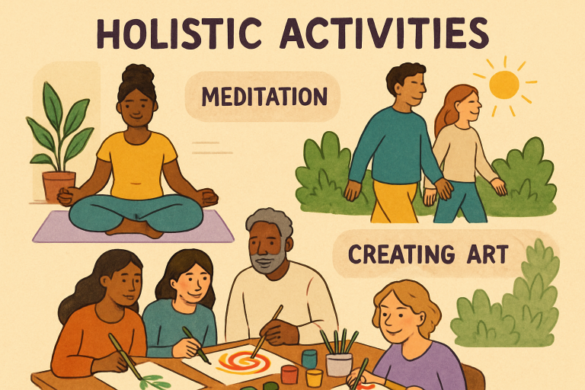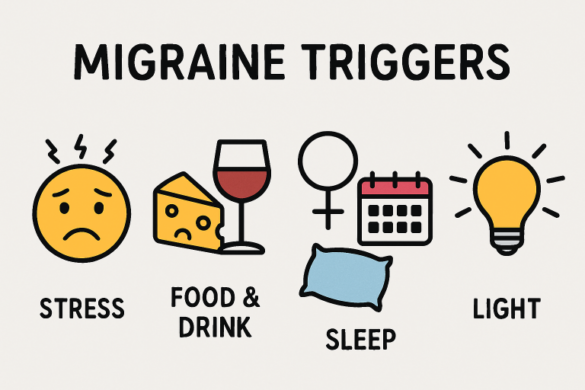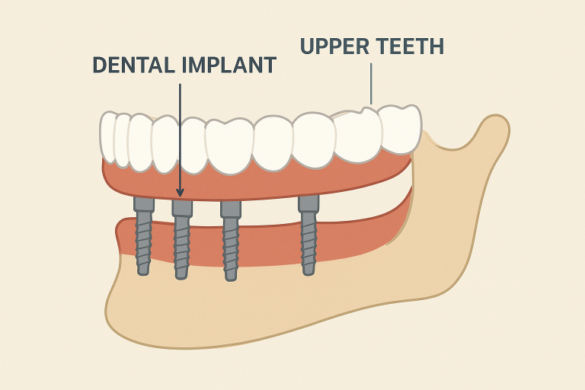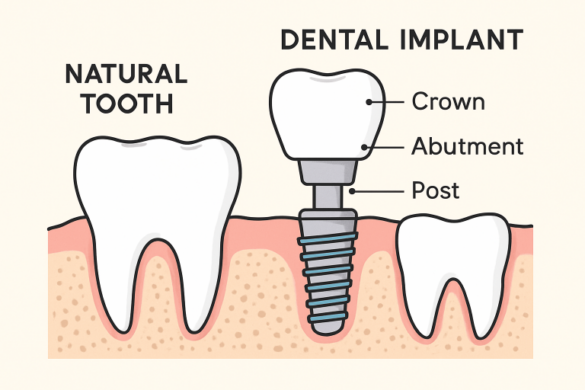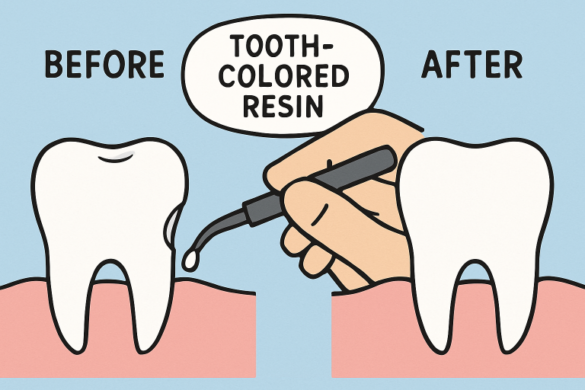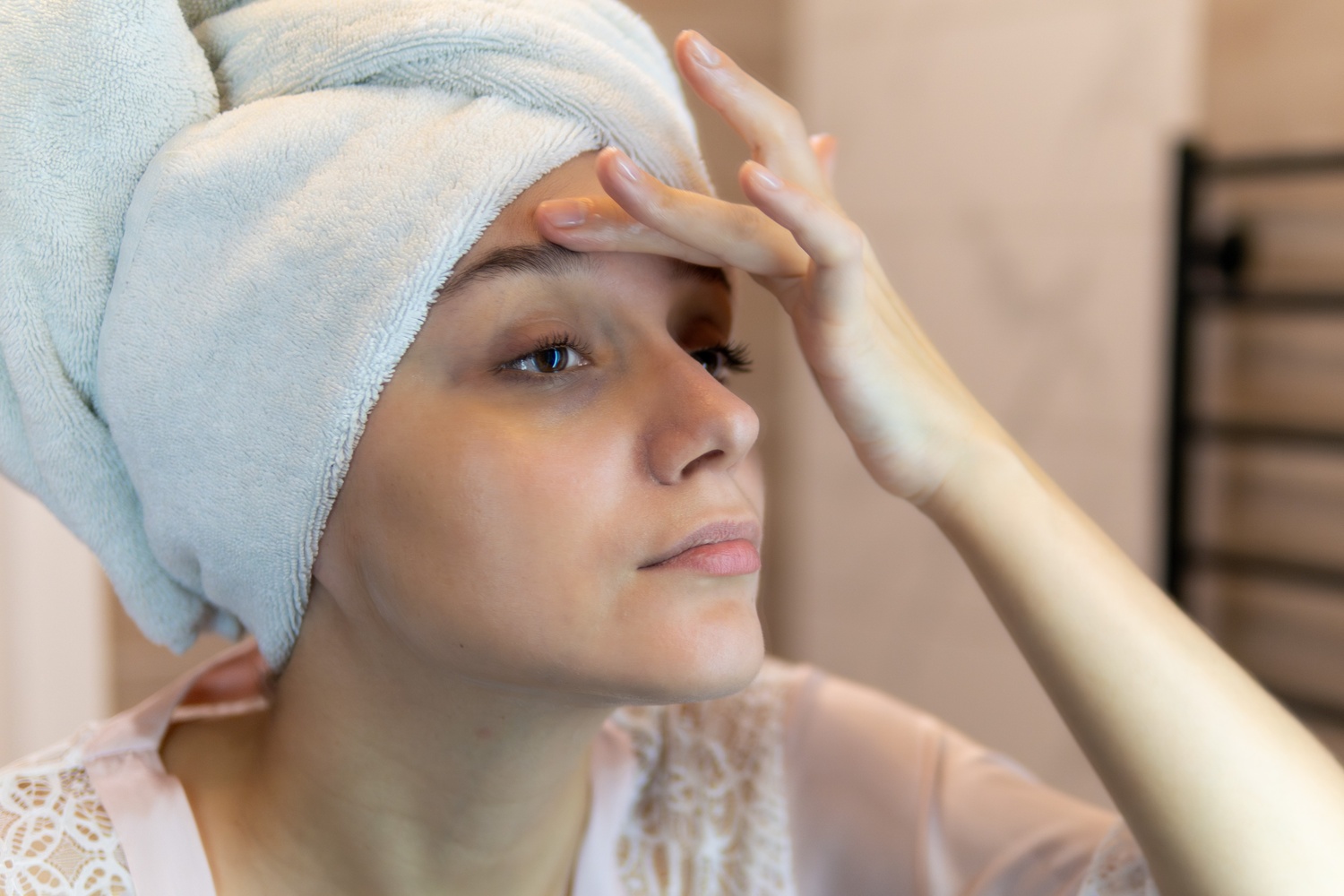 Eyes tell on us. The under-eye area often shows strain before the rest of the face does. Shadows can come from pigment, skin structure, swelling, or circulation. Some causes are basic and temporary. Others point to health issues that deserve a closer look. Reading them with patience helps you decide what needs a tweak at home and what calls for a professional visit.
Eyes tell on us. The under-eye area often shows strain before the rest of the face does. Shadows can come from pigment, skin structure, swelling, or circulation. Some causes are basic and temporary. Others point to health issues that deserve a closer look. Reading them with patience helps you decide what needs a tweak at home and what calls for a professional visit.
First Look at Everyday Factors
Under-eye issues like dark circles and puffiness are a common concern, but they’re often linked to our daily habits.
Lifestyle factors and their impact
Sleep is crucial for skin repair. When you have a ‘sleep debt‘ from short nights, your body doesn’t have enough time to restore itself. The result? A dull appearance under the eyes the next morning. If your schedule is constantly shifting, this effect can become chronic.
Dietary choices also play a big role. Eating a meal high in sodium can cause your body to retain fluid, leading to puffy under-eyes in the morning. Alcohol is another culprit. It first dehydrates you, and then your body overcompensates with ‘rebound swelling.’
Managing and preventing under-eye concerns
Gentle care is key to preventing irritation. When cleansing, use a light touch. Instead of tugging at the delicate skin, gently slide a cotton pad outward.
Here are a few simple habits to reduce and prevent under-eye issues:
- Use a cool compress: A cool washcloth in the morning can help reduce swelling and puffiness.
- Protect your eyes: Wear sunglasses to reduce squinting, which can strain the eye area.
- Stay hydrated: Drinking plenty of water throughout the day helps maintain your body’s fluid balance and prevents puffiness.
The basics of good eye care are universal. One quick reference you can use is dark eye circles Singapore. The principles and advice often apply globally.
Pigment and Structure
Shadows can form due to pigment changes and the structure of the under-eye area. Periorbital hyperpigmentation refers to extra melanin in the thin skin around the eyes. Family traits often set the baseline. Sun exposure deepens color over time and raises the risk of sun damage. Daily protection and shade help keep the tone from drifting darker.
Structure matters as well. Thinning skin can reveal tiny blood vessels and leave a soft blue or purple cast. Natural hollows under the eyes can throw a shadow even on rested days. Moisture support keeps the surface supple and less transparent.
Care tends to follow the driver. For pigment, many people use topical creams with Vitamin C or kojic acid. For structure, a hydrating eye cream can improve slip and comfort during cleansing and makeup. Change shows up slowly. A quick photo every few weeks gives a clearer read than a mirror check each morning.
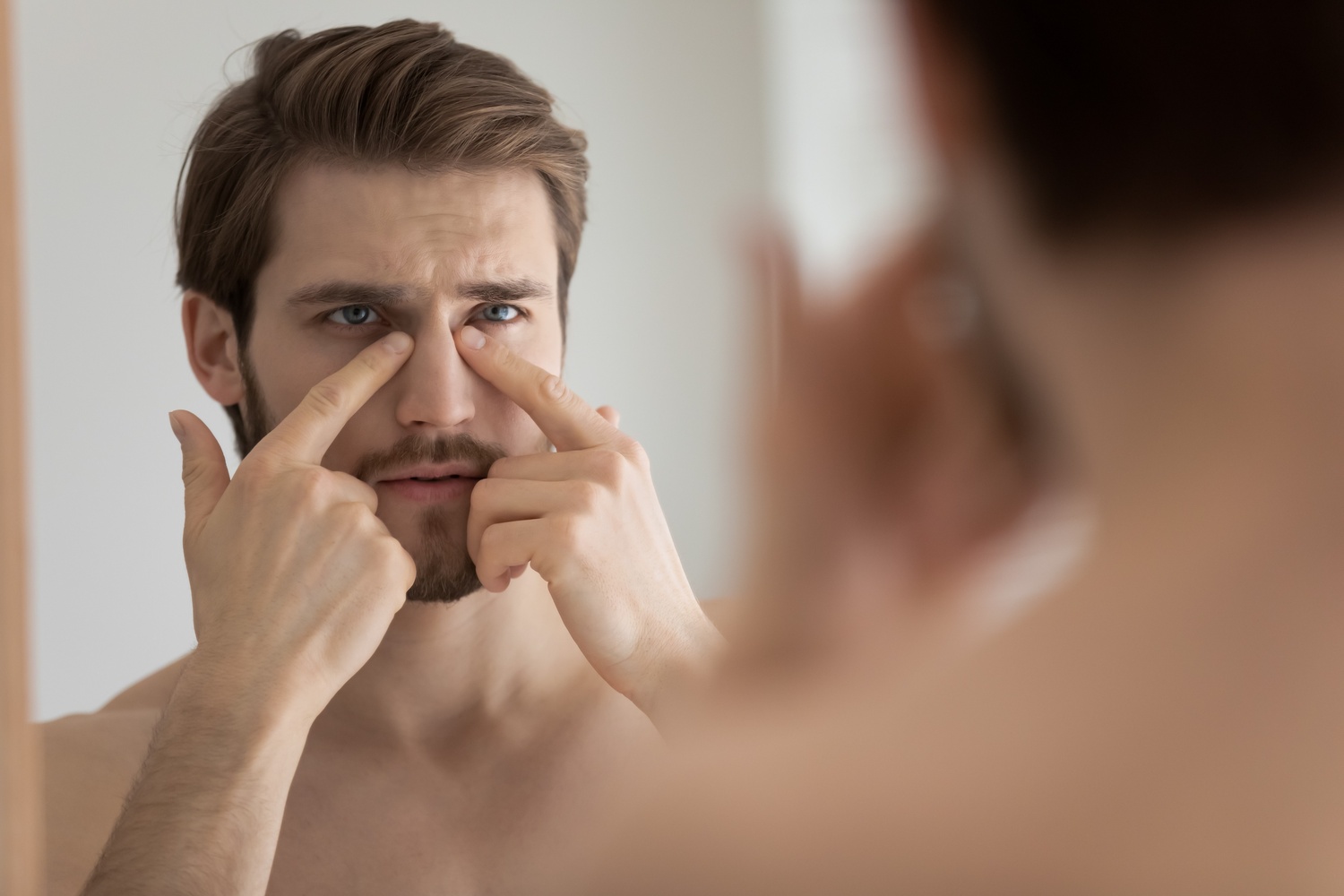
Allergies and Blood Counts
Seasonal flares often bring itch, tearing, sneezing, and a dusky tint under the eyes, sometimes called ‘allergic shiners.’ Mornings tend to look worse after a night of nasal congestion. Pet dander, dust mites, mold, and pollen are common triggers.
What you can do today
- Place a chilled cloth over closed eyes for five to ten minutes to calm swelling and ease itch.
- Artificial tears reduce grit and the urge to rub.
- Daily saline rinses clear pollen and dust.
- An over-the-counter antihistamine or a nonprescription nasal steroid spray can lower itch and congestion when used as directed.
- Shower after outdoor activities during high-pollen days.
- Wash bedding weekly in hot water.
- Use dust-mite covers on pillows and mattresses.
- Vacuum carpets with a HEPA filter.
- Keep pets out of the bedroom.
Keep the routine for two weeks and take morning photos. If shadows rise on high pollen days or after pet time, keep the allergy steps in place. If color stays even when congestion is quiet and sleep is steady, ask a clinician for a CBC and ferritin.
Professional Care When Needed
Persistent shadows deserve an expert look, especially when home care does little. A dermatologist or qualified provider can sort out the cause and sequence. Pigment often responds to medical treatments delivered in a planned series.
Chemical peels may help with surface discoloration in careful concentrations suited to your skin type. Textural issues sometimes improve with laser therapy, and some cases call for laser surgery when settings and goals demand a more targeted approach. Hollows that cast hard lines can be lifted with injectable fillers placed with restraint in experienced hands.
Many clinics prefer hyaluronic acid gel in this area because it is reversible and tends to integrate well when used in conservative amounts. A consult should cover risks, expected course, and recovery so you can pick treatment options that match your comfort and schedule.
The Bigger Picture
Shadows below the eyes sit at the junction of skin health and daily life. Dark circles can be cosmetic and still deserve care because comfort matters. Deep fatigue, nasal congestion, long hours at work, or a stretch of intense workouts can leave marks on the face.
Dark shadows that hang on despite rest and routine deserve a longer look, not for vanity but for clarity. Skin around the eyes is thin and expressive, so it broadcasts small wins as well as setbacks. Treat it kindly, and let the rest follow.
